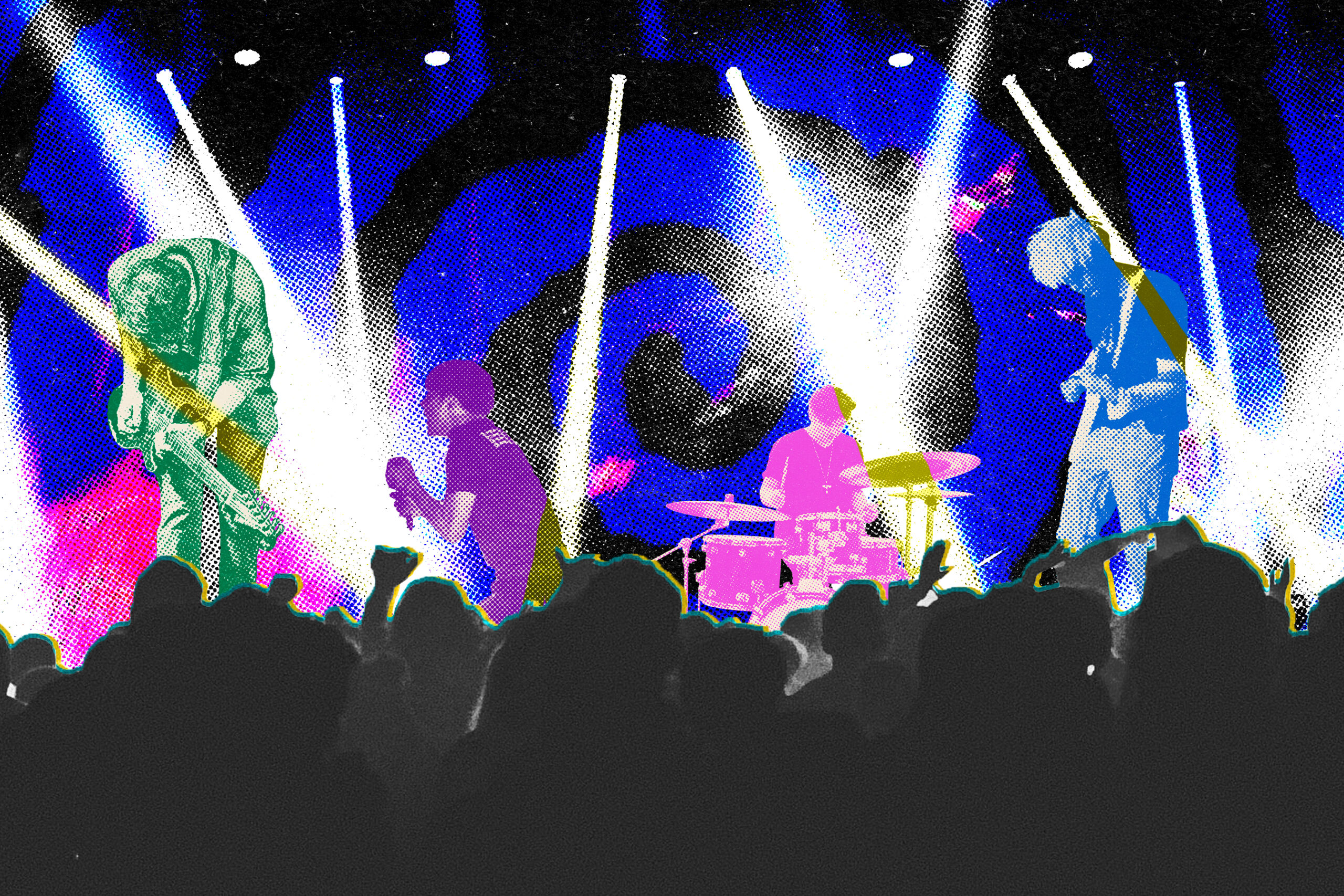By: Chloe Cook
Ze Mair, co-creator and performer during rehearsal (Photo by: Zahra Salecki)
What do the words, ‘Wonderland’, ‘Swamp Fox’, and ‘Enduring Freedom’ have in common? Although they sound like nonsense, they were actually military operation code names. As well as the basis of a 12-hour continuous dance installation at Nuit Blanche this year.
It all started with a list of 3,600 military operations that was compiled by Canadian poet Moez Surani. Operations: 1946-2006 was performed by approximately 60 people as a five-hour spoken word piece on the night of Trump’s inauguration in 2017.
“With the general feeling of anxiety and despair that followed the last American election, we wanted to do something that could create some solidarity,” Surani said, as well as a “physical reminder that we are not all alone in this.”
The idea was to make military operations more than just a name and to shed light on the effects that these operations had on real communities around the globe.
“The language that often gets used is from the poetic imagination: dawn, sunrise, freedom, purity. These kinds of poetic-seeming words help to create support for state violence,” said Surani.
Dancers in their fifth hour of performing (Photo by: Chloe Cook)
One of the readers that performed was Michael Reinhart, a performance creator and theatre instructor at Randolph College and the University of Toronto. Although the reading had finished, Reinhart knew that the life of the poem was not over.
“I thought it was really kind of tragic that this naming was not done in public and that we as a community could not contend with the activities that we do as a community.” Reinhart said. “What I wanted to figure out is how to allow Operations to be social.”
Reinhart surely found a way to do just that on the night of Nuit Blanche. With the help of choreographers and co-directors, Magdalena Vasko and Ze Mair, and a handful of dancers, Reinhart turned Surani’s poem into a 12-hour ballet performance.
The dance piece is comprised of a sequence of movements that is repeated once for every military operation while the names are projected onto the wall. Which means that the sequence is repeated continually 3600 times, over a period of 12 hours throughout the night.
When it came to figuring out how to best represent the effects of war, it seemed that there was no better option than ballet to the creators.
“Ballet was an analogy for the military because it’s skilled, rigorous, bodies that are able to do extraordinary acts that are deeply impossible yet it appears to have exceptional ease,” said Reinhart.
Michael Reinhart, co-creator of Operations going over the timing of the piece in rehearsal (Photo by: Magdalena Vasko)
According to Vasko, one of the creators of the piece, translating the number 3600 into a series of physical movements was one of the top priorities when choreographing.
Vasko said that being able to represent a statistic in a way that resonated with the audience was also important. “It’s interesting to put it into your body, the number that you’ve been talking about,” she said.
In the piece, there are approximately 25 dancers who perform the sequence of movements across a square patch of grass in the middle of an auditorium. Throughout the performance, the grass begins to fall apart, representing the effects that these operations have on the land, the communities, and the people.
According to Sara Hinding, a dancer in Operations, the duration of the piece also contributes to the message of the dance as the performers get more and more worn down over time.
“By the end of the night we’re avoiding each other and we’re getting frustrated and we’re tired and we don’t want to do things and there’s dynamics and we’re looking dead into the eyes of people in the audience,” she explained.
Volunteers clearing the sod off the floor after the performance (Photo by: Chloe Cook)
Carmen Leardi, who is also an Operations dancer gave an example of how the piece offers a “disturbing” contrast of the effects of the operations.
“(In) one year there were a lot of dancers coming in and the choreography was really quick. Then the next year everything tones down. There are a few dancers in the space and the choreography is stretched over a longer piece of time.”
Although most of the dancers had never danced for 12-hours straight, the tensions were anything but high. Everyone was exceptionally calm and focused.
Veronica Simpson, Operations dancer, said she kept herself busy through the night by experimenting with the choreography.
“I kept myself occupied by finding new places to make contact with the audience members and different ways to execute the choreography while maintaining the same overall form,” she explained.
Audience members were free to come and go as they pleased, allowing them to check the progress of the piece throughout the night.
According to Reinhard, there were around 1,400 people who came through the doors.
Mark Francis, an audience member called the piece mesmerizing and said that he could not stop staring at it due to the different moving parts and the relentlessness of the piece.
“I think the subject matter is obviously very dark and depressing but the form and the soundtrack and everything was super beautiful and I found it really meditative to look at,” Francis said.
Cassandra Alves, another member of the audience, noted the similarities between the military and ballet.
“It definitely parallels as if you’re going through any kind of military operation which is kind of scary. The dancers literally go through it in a different form,” said Alves.
As for Vasko, who was also a performer in addition to being a creator, said finally performing the piece with all of the dancers was cathartic.
“To collectively be so devoted felt like we were on a battlefield fighting for the same cause,” Vasko said, “It was like a funeral, a remembrance, a memorial and a sacrifice all at the same time.”
Although no one is chomping at the bit to dive into another night long performance anytime soon, the experience is one that the audience, performers, and creators will never forget.
Hinding said after the performance that is was a test of her abilities, “In my opinion a piece like this is a true testament to the human spirit and what it is capable of.”
Dancers in motion during a rehearsal (Photo by: Magdalena Vasko)










